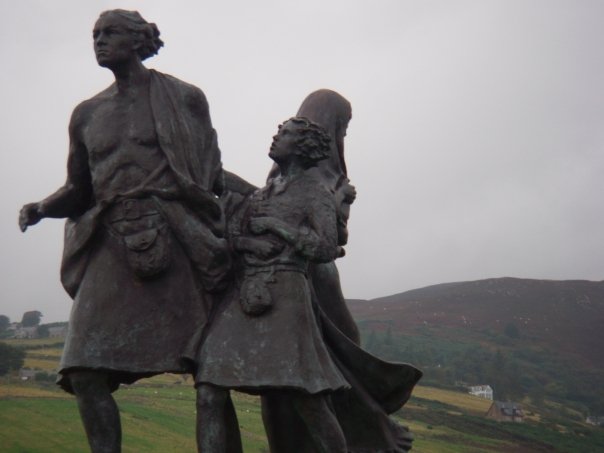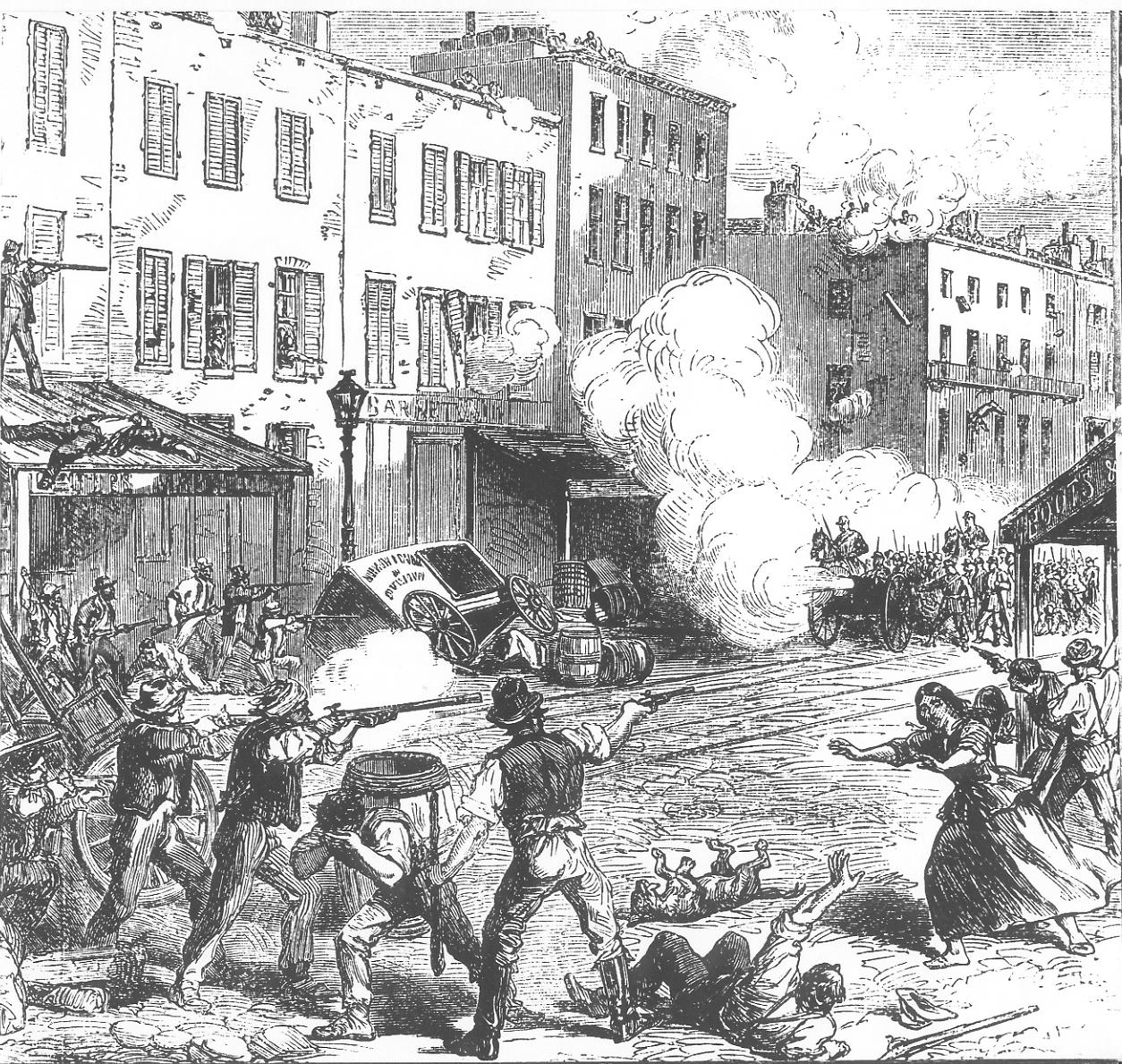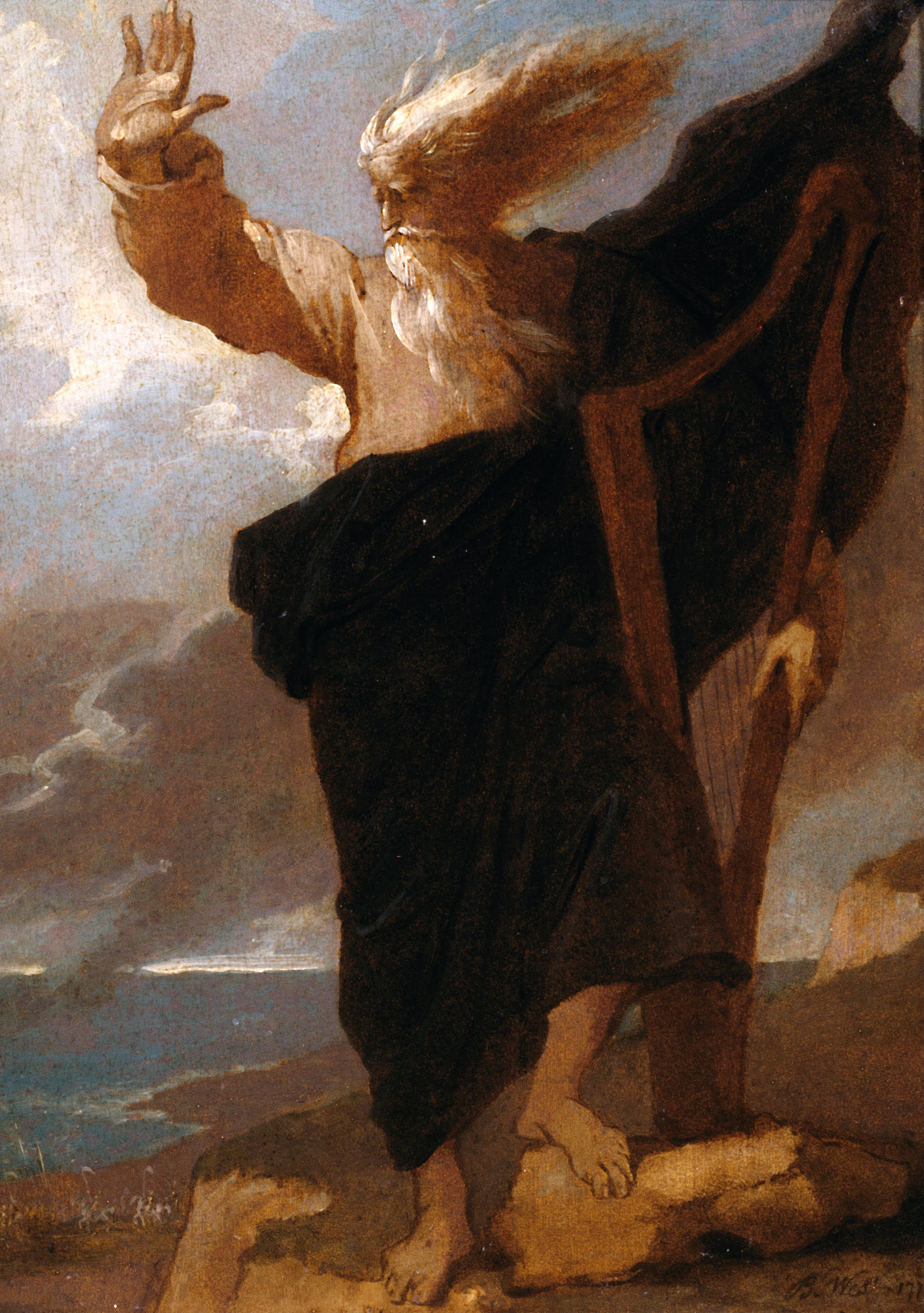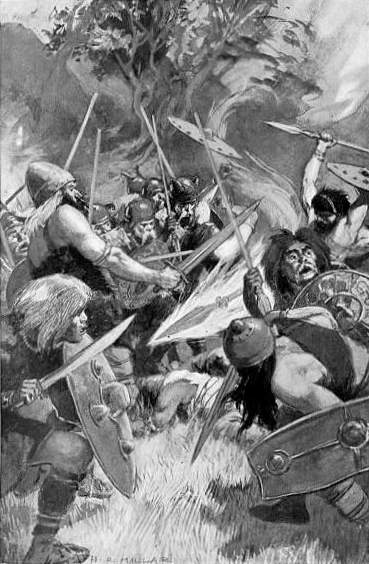|
Sìleas Na Ceapaich
Sìleas na Ceapaich (also known as Cicely Macdonald of Keppoch, Silis of Keppoch, Sìleas MacDonnell or Sìleas Nic Dhòmhnail na Ceapaich) was a Scottish poet whose surviving verses remain an immortal contribution to Scottish Gaelic literature. She lived between around 1660 and 1729. Her given name ''Sìleas'' is Anglicised variously as Cicely or Julia. Life Sìleas was born into the Scottish nobility () of the Gàidhealtachd of Scotland. She was the daughter of the 15th Chief of Clan MacDonald of Keppoch, Archibald (Gilleasbuig) Macdonald, and Mary Macmartin of the Macmartin branch of Clan Cameron. Her brother Coll was 16th Chief. Although the Clan had lost some of its status, they were still considered to be part of the upper levels of Gaelic society. She grew up in Lochaber. In 1685, she married Alexander Gordon of Camdell, estate factor to the Duke of Gordon, and lived the rest of her adult life at Beldorney Castle, Banffshire. She is known to have had at least eight chi ... [...More Info...] [...Related Items...] OR: [Wikipedia] [Google] [Baidu] |
Scottish Gaelic Literature
Scottish Gaelic literature refers to literary works composed in the Scottish Gaelic language, which is, like Irish and Manx, a member of the Goidelic branch of Celtic languages. Gaelic literature was also composed in Gàidhealtachd communities throughout the global Scottish diaspora where the language has been and is still spoken. Middle Ages Early Middle Ages In early Middle Ages what is now Scotland was culturally and politically divided. In the West were the Gaels of Dál Riata, who had close links with the clan system of Gaelic Ireland, from whence they had migrated and brought with them the name of Scots. Very few works of Gaelic poetry survive from the early medieval period, and most of these are in Irish manuscripts.J. T. Koch, ''Celtic Culture: a Historical Encyclopedia'' (ABC-CLIO, 2006), , p. 1576. There are works of Christian poetry that can be identified as Scottish, including the ''Elegy for St Columba'' by Dallán Forgaill (c. 597) and "In Praise of St Columb ... [...More Info...] [...Related Items...] OR: [Wikipedia] [Google] [Baidu] |
Anti-war
An anti-war movement is a social movement in opposition to one or more nations' decision to start or carry on an armed conflict. The term ''anti-war'' can also refer to pacifism, which is the opposition to all use of military force during conflicts, or to anti-war books, paintings, and other works of art. Some activists distinguish between anti-war movements and peace movements. Anti-war activists work through protest and other grassroots means to attempt to pressure a government (or governments) to put an end to a particular war or conflict or to prevent one from arising. History American Revolutionary War Substantial opposition to British war intervention in America led the British House of Commons on 27 February 1783 to vote against further war in America, paving the way for the Second Rockingham ministry and the Peace of Paris. Antebellum United States Substantial antiwar sentiment developed in the United States roughly between the end of the War of 1812 and the comm ... [...More Info...] [...Related Items...] OR: [Wikipedia] [Google] [Baidu] |
Jacobite Rising Of 1715
The Jacobite rising of 1715 ( ; or 'the Fifteen') was the attempt by James Francis Edward Stuart, James Edward Stuart (the Old Pretender) to regain the thrones of Kingdom of England, England, Kingdom of Ireland, Ireland and Kingdom of Scotland, Scotland for the exiled House of Stuart, Stuarts. At Braemar, Aberdeenshire, local landowner the John Erskine, Earl of Mar (1675–1732), Earl of Mar raised the Jacobite standard on 27 August. Aiming to capture Stirling Castle, he was checked by the much-outnumbered Hanoverians, commanded by the John Campbell, 2nd Duke of Argyll, Duke of Argyll, at Sheriffmuir on 13 November. There was no clear result, but the Earl appeared to believe, mistakenly, that he had won the battle, and left the field. After the Jacobite surrender at Battle of Preston (1715), Preston (14 November), the rebellion was over. Background The 1688 Glorious Revolution deposed James II and VII, who was replaced by his Protestant daughter Mary II of England, Mary II a ... [...More Info...] [...Related Items...] OR: [Wikipedia] [Google] [Baidu] |
War Poet
War poetry is poetry on the topic of war. While the term is applied especially to works of the First World War, the term can be applied to poetry about any war, including Homer's ''Iliad'', from around the 8th century BC as well as poetry of the American Civil War, the Spanish Civil War, the Crimean War and other wars. List of war poets, War poets may be combatants or noncombatants. Ancient times ''The Iliad'' is an epic poem in dactylic hexameter which is believed to have been composed by Homer, a blind Greek Bard from Ionia. It is among the oldest surviving works of Western literature, believed to have begun as oral literature. The first written form is usually dated to around the 8th century BC. The ''Iliad'' is set during the ten-year Trojan War, siege of the polis of Troy (Ilion (Asia Minor), Ilium), ruled by King Priam and his sons Hector and Paris (mythology), Paris, by a massive army from a coalition of Greek states led by King Agamemnon of Mycenae. The events between ... [...More Info...] [...Related Items...] OR: [Wikipedia] [Google] [Baidu] |
Clan Donald
Clan Donald, also known as Clan MacDonald or Clan McDonald ( ), is a Highland Scottish clan and one of the largest Scottish clans. Historically the chiefs of the Clan Donald held the title of Lord of the Isles until 1493 and two of those chiefs also held the title of Earl of Ross until 1476. The Lord Lyon King of Arms, the Scottish official with responsibility for regulating heraldry in that country, issuing new grants of coats of arms, and serving as the judge of the Court of the Lord Lyon, recognises under Scottish law the ''High Chief of Clan Donald''. There are also numerous branches to the Clan Donald and several of these have chiefs recognised by the Lord Lyon King of Arms; these are: Clan Macdonald of Sleat, Clan Macdonald of Clanranald, Clan MacDonald of Keppoch, Clan MacDonald of Glencoe, Clan MacDonell of Glengarry, and Clan MacAlister. There are also notable historic branches of Clan Donald without chiefs so-recognised, these are: the Clan MacDonald of Dunnyve ... [...More Info...] [...Related Items...] OR: [Wikipedia] [Google] [Baidu] |
Amergin Glúingel
Amergin ''Glúingel'' ("white knees") (also spelt Amhairghin Glúngheal) or ''Glúnmar'' ("big knee") is a bard and judge for the Milesians in the Irish Mythological Cycle. He was appointed Chief Ollam of Ireland by his two brothers, the kings of Ireland. A number of poems attributed to Amergin are part of the Milesian mythology. Legends One of the seven sons of Míl Espáine, he took part in the Milesian conquest of Ireland from the Tuatha Dé Danann, in revenge for their great-uncle Íth, who had been treacherously killed by the three kings of the Tuatha Dé Danann, Mac Cuill, Mac Cecht and Mac Gréine. They landed at the estuary of Inber Scéne, named after Amergin's wife Scéne, who had died at sea. The three queens of the Tuatha Dé Danann ( Banba, Ériu and Fódla) gave, in turn, permission for Amergin and his people to settle in Ireland. Each of the sisters required Amergin to name the island after each of them, which he did: Ériu is the origin of the modern name Éir ... [...More Info...] [...Related Items...] OR: [Wikipedia] [Google] [Baidu] |
Bard
In Celtic cultures, a bard is an oral repository and professional story teller, verse-maker, music composer, oral historian and genealogist, employed by a patron (such as a monarch or chieftain) to commemorate one or more of the patron's ancestors and to praise the patron's own activities. With the decline of a living bardic tradition in the modern period, the term has loosened to mean a generic minstrel or author (especially a famous one). For example, William Shakespeare and Rabindranath Tagore are respectively known as "the Bard of Avon" (often simply "the Bard") and "the Bard of Bengal". Oxford Dictionary of English, s.v. ''bard'', n.1. In 16th-century Scotland, it turned into a derogatory term for an itinerant musician; nonetheless it was later romanticised by Sir Walter Scott (1771–1832). Etymology The English term ''bard'' is a loan word from the Celtic languages: Gaulish: ''bardo-'' ('bard, poet'), and ('bard, poet'), ('singer, poet'), Middle Breton: ''b ... [...More Info...] [...Related Items...] OR: [Wikipedia] [Google] [Baidu] |
Irish Mythology
Irish mythology is the body of myths indigenous to the island of Ireland. It was originally Oral tradition, passed down orally in the Prehistoric Ireland, prehistoric era. In the History of Ireland (795–1169), early medieval era, myths were Early Irish literature, written down by Celtic Christianity, Christian scribes, who Christianized them to some extent. Irish mythology is the best-preserved branch of Celtic mythology. The myths are conventionally grouped into 'List of literary cycles, cycles'. The Mythological Cycle consists of tales and poems about the god-like Tuatha Dé Danann, who are based on Ireland's pagan deities, and other mythical races like the Fomorians. Important works in the cycle are the ''Lebor Gabála Érenn'' ("Book of Invasions"), a legendary history of Ireland, the ''Cath Maige Tuired'' ("Battle of Moytura"), and the ''Aided Chlainne Lir'' ("Children of Lir"). The Ulster Cycle consists of heroic legends relating to the Ulaid, the most important of whi ... [...More Info...] [...Related Items...] OR: [Wikipedia] [Google] [Baidu] |
Old Irish
Old Irish, also called Old Gaelic (, Ogham, Ogham script: ᚌᚑᚔᚇᚓᚂᚉ; ; ; or ), is the oldest form of the Goidelic languages, Goidelic/Gaelic language for which there are extensive written texts. It was used from 600 to 900. The main contemporary texts are dated 700–850; by 900 the language had already transitioned into early Middle Irish. Some Old Irish texts date from the 10th century, although these are presumably copies of texts written at an earlier time. Old Irish is forebear to Modern Irish, Manx language, Manx and Scottish Gaelic. Old Irish is known for having a particularly complex system of morphology (linguistics), morphology and especially of allomorphy (more or less unpredictable variations in stems and suffixes in differing circumstances), as well as a complex phonology, sound system involving grammatically significant Irish initial mutations, consonant mutations to the initial consonant of a word. Apparently,It is difficult to know for sure, giv ... [...More Info...] [...Related Items...] OR: [Wikipedia] [Google] [Baidu] |
Code Of Conduct
A code of conduct is a set of rules outlining the social norm, norms, rules, and responsibilities or proper practices of an individual party or an organization. Companies' codes of conduct A company code of conduct is a set of rules which is commonly written for employees of a company, which protects the business and informs the employees of the company's expectations. It is appropriate for even the smallest of companies to create a document containing important information on expectations for employees. The document does not need to be complex or have elaborate policies. Failure of an employee to follow a company's code of conduct can have negative consequences. In ''Chip Skowron, Morgan Stanley v. Skowron'', 989 F. Supp. 2d 356 (S.D.N.Y. 2013), applying New York's faithless servant doctrine, the court held that a hedge fund's employee engaging in insider trading in violation of his company's code of conduct, which also required him to report his misconduct, must repay his employ ... [...More Info...] [...Related Items...] OR: [Wikipedia] [Google] [Baidu] |
Clan MacDonald Of Glengarry
Clan MacDonell of Glengarry, also known as Clan Ranald of Knoydart & Glengarry () is a Highland Scottish clan and is a branch of the larger Clan Donald. The clan takes its name from River Garry, Inverness-shire, River Garry where the river Garry runs eastwards through Loch Garry to join the Great Glen about 16 miles (25 km) north of Fort William, Highland. The progenitor of the MacDonells of Glengarry is Donald, son of Reginald, 4th great-grandson of the warrior Somerled and ancestor of Clan Macdonald of Clanranald. The MacDonells of Glengarry have historically possessed land holdings in the districts of Ross and Cromarty, Ross-shire and Lochaber in the Scottish Highlands. Their territories occasionally resulted in land disputes with other clans, most notably Clan Mackenzie. The clan supported the Jacobitism, House of Stuart during the Jacobite rebellions, pledging their allegiance to the Jacobitism, Jacobite cause. After the Jacobite Uprisings, the clan suffered during ... [...More Info...] [...Related Items...] OR: [Wikipedia] [Google] [Baidu] |








